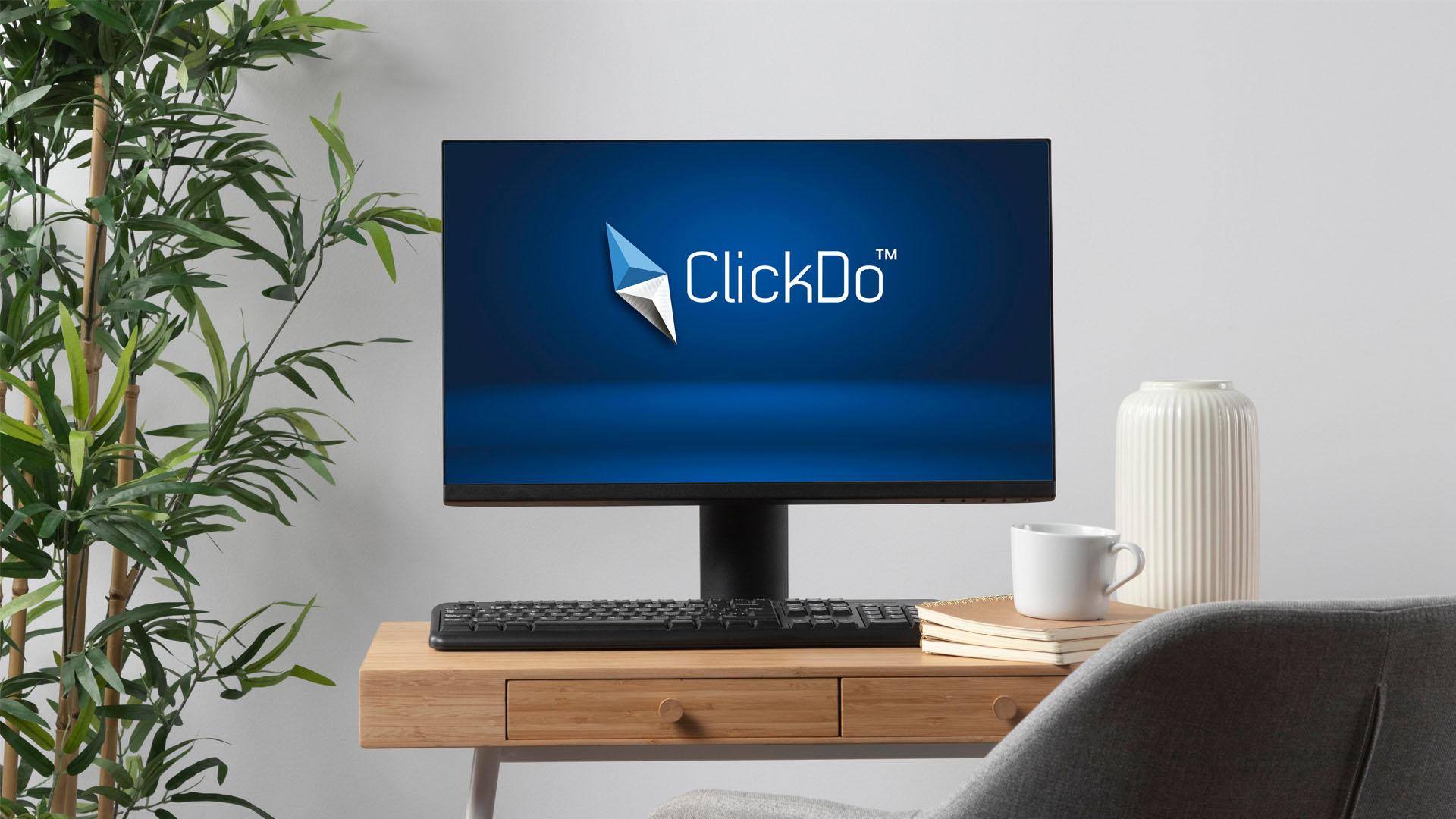Beginners SEO: SEO jargon de-mystified

When I first began working in SEO the unfamiliar terminology seemed very daunting and a lot to process. Any new term I came across I made a note to learn the definition. I also wrote down definitions that I already knew but wanted to have available if I needed a recap. Here is the guide I created to help myself, and will hopefully help you with SEO jargon. Once you know it, it’s pretty easy.
SEO
- SEO is search engine optimisation and this is the process of improving visibility of a site once a keyword is typed into a search engine, so users will visit the site.
- This is attained by the sites position on an SERP; a high ranking is preferable for more traffic to a site.
SERP
- SERP is a search engine results page. It’s on a SERP where you want your website to rank, ideally high up.
- It’s rare that people will have the patience to scroll down to the next page, so SEO techniques will drive up a pages ranking on SERPs.
Search Engine
- A search engine is a software system designed to search for information online based on users’ keywords.
- The biggest search engines are Google, Yahoo, and Microsoft (Bing). For other parts of the world it may be different.
Search Engine Algorithms
- These are more commonly known as search engine bots are complex systems behind search engines.
- These algorithms condense all the information on the web to deliver what is relevant to the keyword a user is searching for.
- They take into account backlinks, keywords, optimised content, social media and traffic and clicks around a site.
Keywords
- Keywords are the popular words or phrases that users enter into search engines.
- This is what you need to include in content to help it rank better on the big search engines.
Content
- Content is anything digital and of value or interest to the user.
- This can take many forms such as videos, images, online chats, infographics, GIFs, memes and text.
- High quality content is liked by search engines.
Ranking
- The position of a site on an SERP; the higher the ranking, the better the visibility which increases the chance of more visitors.
- This is mostly the aim of SEO; get high rankings which can ultimately lead to more business opportunities.
HTML
- Hypertext Markup Language is the language that tells your website what to do and how to look.
- You can see the HTML source code on all webpages by right clicking and selecting page source or view source.
- CMS sites will help you to create webpages without knowing a whole load about HTML.
CMS
- Content management systems help users to create and modify digital content such as WordPress and Wix.com.
- So you don’t need to know HMTL and CSS (cascading style sheets) intricately to create a web page.
- They are time-efficient, free for basic use, give you plenty of choice for style and design and are easy to use.
URL and URI
- The URL (uniform resource locator) is a type of webpage address and what will be seen in the title of the webpage.
- URI is the umbrella term for names and addresses online
- it usually consists of the access protocol (http), the domain name (wikipedia.com) and keywords
- Keywords need to be included in the URL to help optimse your page even more.
Links
- Links and backlinks are connections within your content to other pages.
- The aim of building links is to add more authority to your content and help it rank better.
- Search algorithms will favour pages with trustworthy and relevant links. Link to high authority sites with similar content to your content. Link to large and trusted sites like Wikipedia, government pages and forbes, to not be labelled as spam.
Anchor Text
- Anchor text is the visible text of a link. When a word or phrase is linked to another page, it is highlighted and underlined.
- These words when linked to another page are given stronger significance by search engines. So try to make keywords into anchor text
No Follow Code
- This was a very new aspect of SEO for me. It ensures that your content retains the power from search engines when a link is made to a big authority site, rather than the power going to the authority site.
- It takes patience and a careful eye when modifying the HTML code around your anchor text.
On Page SEO
- On Page optimisation is done throughout content such as meta tags, use of headings, alt text, keywords usage and HTML code.
- These are controlled by you and what you add to your webpage.
Off Page SEO
- Off page optimisation includes backlinks, blogs and social media e.g.
- It is content that affects your ranking away from your webpage and is not controlled by you.
Meta-tags
- Meta-tags are small descriptions of what a webpage is about. They are not visible on the webpage itself but are visible on the code, on SERPs and search algorithms.
- It’s important to write a small but detailed meta-tag with keywords to drive up your ranks.
Headings (H1, H2, H3)
- Headings are vital in SEO for placing importance on certain keywords for search engines to notice.
- H1 headings are most prominent to search engines and appear largest on a page, so make sure to get your most popular keyword in there.
- H2 are subheadings amongst your paragraph; on a CMS ensure to optimise your subheadings as H2 to give them more prominence.
Conversion Rate
- The conversion rate is the amount/ percentage of visitors to a website that convert into customers.
- It’s important to make it easy for enquirers to become customers by having contact information clear and easy to find, especially on mobile compatible pages.
Lead Generation
- Generating leads involves attracting potential customers to your product or service through marketing.
Keyword Planner
- Google adwords: keyword planner processes how popular a keyword is on average monthly.
- This is a great tool for finding out what keywords are worth putting into your content to help it rank better.
Google Analytics
- Google Analytics is a system that tracks and reports website traffic.
- It can inform you of how many visitors your content is getting, how long they stay, if they click around etc.
Local Listings
- This is SEO for any business but really helps smaller businesses. Google allows local businesses to register with them.
- When a keyword relevant to your business is searched for Google will present it along with your contact number, location on google maps and more details for easier conversion.
- For example, if someone nearby searches for ‘plumber’, all local plumbing businesses signed up to google listing will be shown depending on their ranking.
Alt Text
- Alternative text for an image is when a keyword being used to optimise an image for related content.
- Search engine bots use this as additional information on the topic of your content which adds to your ranking power.
Pay Per Click ads (PPC)
- Pay Per Click ads provided by Google adwords are at the top of SERPs and advertisers pay for them every time they are clicked. Being first will increase they’re likelihood of being clicked and getting more traffic to their site.
- These are not organic search results, and are not necessarily good for all businesses.
- Businesses with an element of urgency can benefit a lot from PPC such as taxi firms, vets, dentists and private medical specialists, when people need a service close by urgently.
All this information and much more can help you to make a huge impression online, and help SEO professionals and SEO consultants do what they do best. For your business, feel free to contact us today for a more comprehensive outline of how SEO can help your business.
Author Profile
- I'm a digitally inspired, e-Business professional. I write about digital marketing, social media and how psychology impacts modern day online buying behaviours and how people do business on the web.


